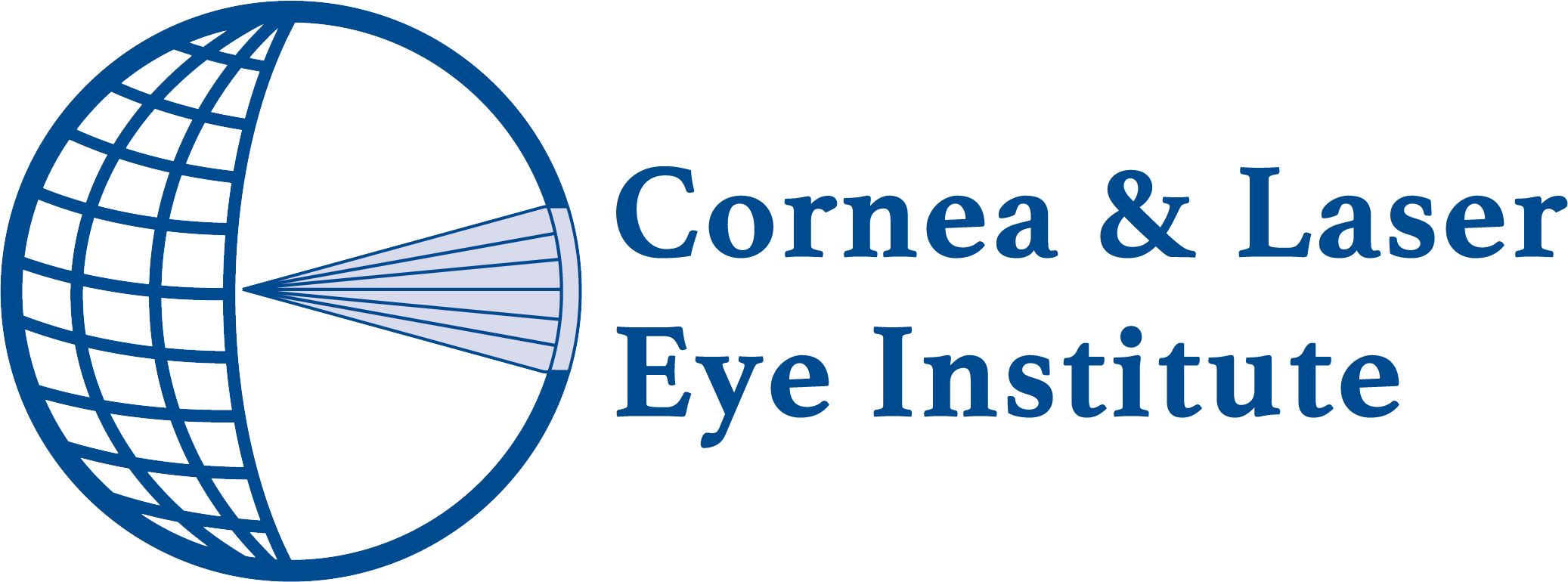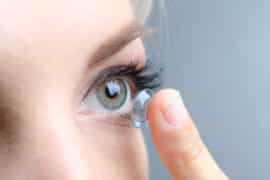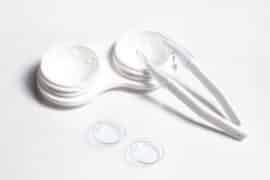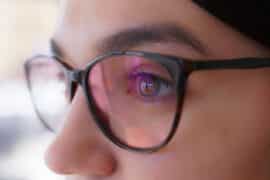For decades, patients with advanced keratoconus faced limited treatment options. Glasses and contact lenses could help in the early stages, but once the condition progressed, many patients were left with only one surgical path: a corneal transplant. While corneal transplantation remains a life-changing procedure for many, it is invasive, carries risks, and requires a lengthy […]
Read More
Posted by Cornea and Laser Eye Institute on October 6, 2025
This article highlights advancements in wavefront-guided scleral lenses, summarizing the pioneering work of Dr. John Gelles and his team at the Cornea and Laser Eye Institute (CLEI). Their expertise and contributions have helped define the transformative potential of this technology for patients with complex corneal conditions. This summary draws from peer-reviewed publications and abstracts presented […]
Read More
Posted by Cornea and Laser Eye Institute on August 4, 2025
Corneal Tissue Addition Keratoplasty (CTAK) is an exciting option in modern keratoconus treatment. Yet myths swirl around any new-sounding procedure, and lingering misconceptions can delay people from getting the sight-saving help they need. Below, we tackle the most common misunderstandings so you can make informed choices about keratoconus management with confidence. Myth 1: “Corneal Tissue […]
Read More
Posted by Cornea and Laser Eye Institute on July 11, 2025
Overview Scleral lenses can dramatically improve vision and comfort for people with keratoconus, dry eye, and other corneal conditions—but putting them on and taking them off takes practice. Whether you’re new to lenses or looking for a refresher, here are some of the top tips covered in this guide: Scleral lenses are becoming increasingly being […]
Read More
Posted by Cornea and Laser Eye Institute on July 1, 2025
Understanding Keratoconus: A Progressive Eye Condition Keratoconus is a progressive eye disorder that affects the shape of your cornea, the clear front surface of your eye. In this condition, the normally round cornea begins to thin and bulge outward, taking on a cone-like shape. This distortion can lead to significant vision problems, including blurry or […]
Read More
Posted by Cornea and Laser Eye Institute on June 18, 2025
Ocular rosacea is a subtype of rosacea, a chronic inflammatory skin disorder that primarily affects the facial area. Ocular rosacea specifically targets the eyes and eyelids, causing a range of symptoms such as redness, dryness, burning, stinging and irritation. Ocular rosacea can be challenging to manage, as it often coexists with other eye conditions and […]
Read More
Posted by Cornea and Laser Eye Institute on February 19, 2025
The CLEI Center for Keratoconus is world-renowned for innovating and improving upon corneal surgical techniques. One such technique is corneal tissue addition keratoplasty (CTAK). Unlike treatments that simply focus on addressing refractive errors, CTAK was envisioned as a procedure that could address the underlying structural irregularities associated with keratoconus. In 2016, clinical trials for this […]
Read More
Posted by Cornea and Laser Eye Institute on June 26, 2024
What is Corneal Crosslinking? Collagen is a crucial protein found throughout our bodies, providing strength and support to various tissues, including corneal tissue. However, for patients with keratoconus, the collagen fibers in the cornea weaken and become susceptible to deformation. The compromised corneal tissue eventually loses its symmetrical dome shape, bulging outwards and resulting in […]
Read More
Posted by Cornea and Laser Eye Institute on June 25, 2024
Understanding Keratoconus and the Need for Surgical Intervention Keratoconus is a progressive eye condition where the cornea, the clear front part of the eye, thins and bulges into a cone-like shape. This irregular shape can cause significant vision problems, including blurred and distorted vision, sensitivity to light and glare, and difficulty driving at night. While […]
Read More
Posted by Cornea and Laser Eye Institute on June 19, 2024
Corneal crosslinking (CXL) is a procedure designed to strengthen the cornea, the clear front part of your eye. It’s used to treat conditions like keratoconus and post refractive surgery corneal ectasia. Both are progressive eye diseases that can cause your cornea to thin and bulge. While CXL is a safe and effective procedure, it’s important […]
Read More
Posted by Cornea and Laser Eye Institute on June 18, 2024













